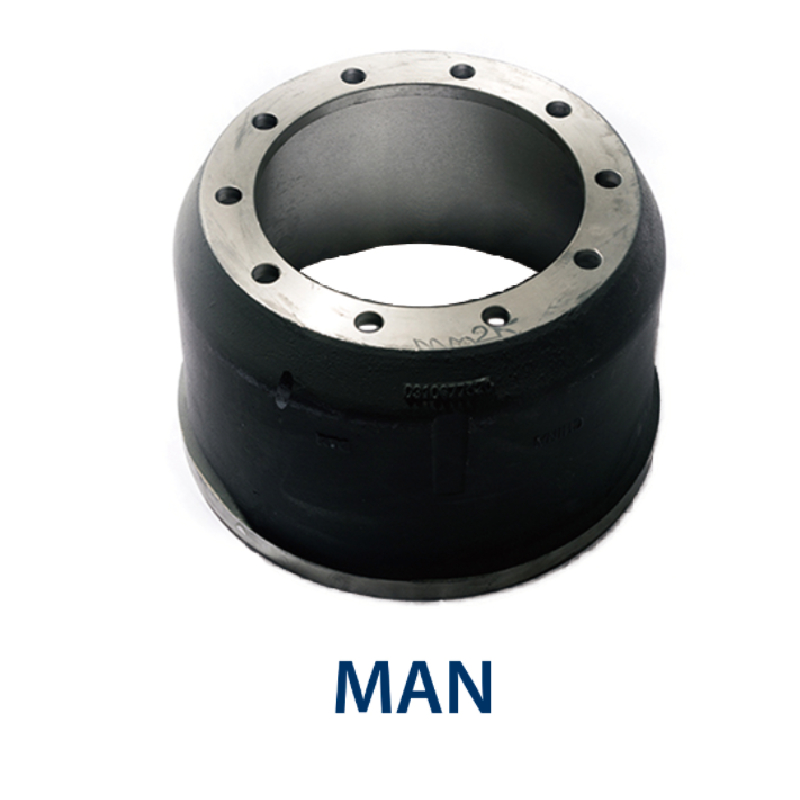Dec . 04, 2024 08:34 Back to list
Adjusting Brake Drums for Optimal Vehicle Performance and Safety
Understanding Brake Drum Adjustment Importance and Process
Brake systems are essential components of any vehicle, ensuring safety and control while on the road. Among the various types of braking systems, drum brakes are widely used, especially in older vehicles and some modern applications. One crucial aspect of maintaining drum brakes is the adjustment of brake drums, which plays a significant role in their function and longevity. This article will delve into the importance of brake drum adjustment, the signs that indicate the need for adjustment, and the process involved.
Importance of Brake Drum Adjustment
Brake drum adjustment is vital for several reasons. First and foremost, it ensures that the brakes engage properly. When the brake shoes are properly adjusted to the drum, they make optimal contact, resulting in more effective braking performance. This is crucial not only for stopping the vehicle efficiently but also for maintaining control during braking, especially in emergency situations.
Moreover, proper adjustment of the brake drum promotes even wear of the brake components. When the shoes are too loose, they may not make sufficient contact with the drum, leading to decreased braking efficiency and increased stopping distances. Conversely, if the shoes are too tight, they can cause excessive wear on both the shoes and the drum, potentially leading to expensive repairs down the line.
Another important aspect is safety. Faulty brake systems can lead to hazardous situations on the road. Drum brake adjustment plays a critical role in ensuring that the vehicle stops quickly and effectively, enhancing the overall safety of the driver, passengers, and others on the road.
Signs Your Brake Drums May Need Adjustment
There are several warning signs that indicate your brake drums may require adjustment. One of the most common symptoms is the presence of a grinding or squeaking noise when you apply the brakes. This sound can indicate that the brake shoes are worn down or not making proper contact with the drum.
Another sign is a noticeable decrease in braking responsiveness. If you find that your vehicle takes longer to come to a halt than it should, this could indicate that the brake shoes are too loose or misaligned and not functioning effectively. Additionally, if you feel a pulsation in the brake pedal when applying the brakes, it could be a sign of warped brake drums, necessitating adjustment or replacement.
The Adjustment Process
Adjusting brake drums is a relatively straightforward process that can be performed by a professional mechanic or by someone with basic mechanical knowledge. Here are the general steps involved in the adjustment
brake drum adjustment

2. Lift the Vehicle Use a jack to lift the vehicle and secure it with jack stands. This provides safe access to the brake drums.
3. Remove the Wheel Once the vehicle is secured, remove the wheel to gain access to the brake drum.
4. Inspect the Brake Components Before adjusting, inspect the brake shoes and drum for wear. If the shoes are excessively worn, they should be replaced.
5. Locate the Adjuster Brake drums typically have an adjuster mechanism. Locate this mechanism, which may be a star wheel that can be turned with a brake adjusting tool.
6. Adjust the Shoes Turn the adjuster to either expand or contract the brake shoes. The goal is to achieve a slight drag when the drum is turned by hand. This ensures that the shoes are correctly positioned.
7. Reassemble the Wheel Once the adjustment is made, reassemble the brake drum, wheel, and lower the vehicle back to the ground.
8. Test Drive After adjusting, take the vehicle for a short test drive to ensure that braking performance is restored.
Conclusion
Proper brake drum adjustment is essential for vehicle safety and performance. Regular maintenance, including the inspection and adjustment of brake drums, can help prolong the life of your braking system and ensure that your vehicle operates efficiently. If you notice any signs that your brakes may need adjustment, it’s wise to address the issue promptly, either by consulting with a professional or by performing the adjustment yourself if you are knowledgeable enough. Your safety on the road depends on your brakes, so give them the attention they deserve.
-
Scania Brake Drums: OEM Quality for Optimal Safety & Durability
NewsAug.16,2025
-
R.V.I: Advanced Remote Visual Inspection for Precision
NewsAug.15,2025
-
Discover HYUNDA: Innovative Vehicles, Equipment & Solutions
NewsAug.14,2025
-
R.V.I: Unlock Advanced Insights & Real-time Performance
NewsAug.13,2025
-
Kamaz Brake Drum: Durable & Reliable for Heavy Duty Trucks
NewsAug.12,2025
-
Heavy Duty Iveco Brake Drum - Premium Quality & Safety
NewsAug.11,2025
